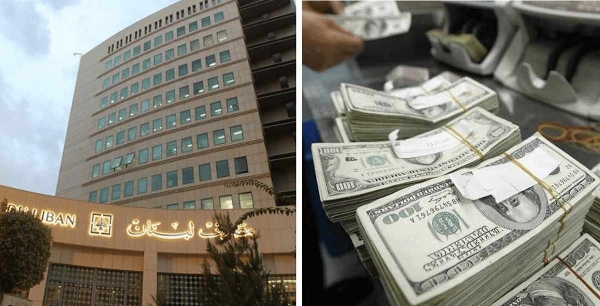Syria Heritage Destruction
The fire that broke out at Aleppo’s famous Souq al-Madina in September has incited concern over the safety of such sites that are core components of Syrian social and cultural life and major tourist attractions. The extent of the damage however spreads much further to include all six of the country’s UNESCO World Heritage sites. A report published by the Global Heritage Fund (GHF) in May 2012 has listed the sites that have been affected by the war. These include but are not limited to:
- Ancient Villages of Northern Syria (Byzantine Christian villages)
- Apamea and Qala’t al Mudiq
- Bosra
- Crac des Chevaliers
- Damascus and Aleppo (old cities)
- Palmyra
- Hama
- Homs (several mosques, churches, and historic quarters)
The most common form of damage that is reaching these sites is caused by shelling and bullet holes. That is the case in the ancient villages where hundreds of Byzantine monasteries and churches are found. In addition to that, they have been vandalized by paintings of flags on their walls. In Apamea, the army has occupied the colonnaded avenue and the fort of Qala’t al Mudiq, with reported shelling at both. Taking advantage of this, looters have come to the site with advanced digging equipment and gotten away with column capitals and Roman mosaics. The GHF report highlights that the surface area of the looted space in Apamea is larger than that of the excavated area. This shows strong determination and skillful techniques among the perpetrators.
The city of Bosra hosts both Roman and Ayyubid ruins where ancient city walls have been painted on and Al’Omari mosque destroyed in the fighting. Syria’s renowned Qala’t al Hosn, or Crac des Chevaliers, has also witnessed fighting and been subject to shelling. The mosque on its interior has been damaged and the castle looted when site guards were held at gunpoint by armed men. The old city centers of both Aleppo and Damascus are hubs of ancient buildings and souks. In the former a massive fire affecting 700 to 1000 shops broke out due to clashes between the rebels and the regime. In the latter a car explosion has gone off just outside Souk al-Hamidiye. In Palmyra, sources have revealed that army troops have taken base in the citadel and are using it as a platform to survey the town for rebels. Looting has also been reported on the site; in the Temple of Bel, the colonnaded avenue, and the Valley of the Tombs. More recently, reports show that this has affected Tal al-Hariri and Doura Europos at Deir Ezzor as well. In response to the chaos, President Bashar al-Assad has ordered repairs to be done by 2013, but the country’s situation makes achieving this very unlikely[1].
Apart from archeological sites, the abrupt security situation has also made way for theft of museums. In the museum of Hama, a gold Aramaic statue has been stolen when museum employees could not be present due to the city’s blockade. The Interpol has placed this statue on its list of most wanted items, and called on officials to join in the search for it and the mosaics from Apamea[2]. The Qala’t Jaber museum in the province of Raqqa has been robbed of 17 items this past May, some of which are figures of the goddess Ishtar, and others ceramics dating as far back as 72 BC. Though Syria has very strict regulations protecting heritage and ruins, the grip of the government seems to have loosened after the start of the uprisings.
In this war over Syria’s cultural heritage, fingers cannot be pointed at anyone. As this heritage belongs to everyone, the responsibility of preserving it should be equally shared. The people shelling the sites are just as much to blame as the people hiding inside them. Today, as the war is well into its second year, the costs of reconstruction burden a devastated economy. Looting and destruction will only make matters worse and the recovery of tourism impossible. Of course destruction is to be expected in a war zone, but the fact that it is reaching sites that are far from urban centers, such as Palmyra for example, suggests that it is intentional, and not collateral, damage.
[1] «Aleppo’s Landmarks Burn as Civil War Threatens Syria’s Cultural Heritage.» globalheritagefund.org. Global Heritage Fund, 18 2012. Web. 6 Nov 2012.
[2] «INTERPOL calls for vigilance on looting of ancient mosaics in Syria.» www.interpol.int. INTERPOL , 21 2012. Web. 6 Nov 2012. <http://www.interpol.int/News-and-media/News-media-releases/2012/N20120521>.








Leave A Comment